Grandma Brown’s Baked Beans
The story of Grandma Brown’s Baked Beans, more than baked beans, the company was a symbol of resilience and tradition in Upstate New York. Dive into the history of this simple yet cherished dish, and discover a homemade recipe that brings the legacy of Lulu Manwaring Brown’s beans to your kitchen.

Food is more than mere sustenance; it’s a compelling storyteller, a guardian of heritage, and a unifying bridge across generations. The saying ‘You are what you eat’ resonates with profound truth. The meals we share shape our identities and foster a sense of belonging. As a writer who has spent a lot of time focusing on Upstate New York’s regional dishes, I’ve discovered that each recipe has its own story, often interwoven with memories of family gatherings, traditions, and community events. From simple comfort foods to elaborate feasts, our cuisine reflects our identity, origins, and the bonds we cherish.
A perfect example from Central New York is Grandma Brown’s Baked Beans. More than just a staple at chicken barbecues, family reunions, and a backyard barbecue this modest can of beans, with its retro label, embodied resilience, family ties, community connection, and the essence of a simple, lovingly prepared dish. Grandma Brown’s Baked Beans exemplify how a local dish can define a region and its people, transcending mere ingredients to become a cherished legacy.
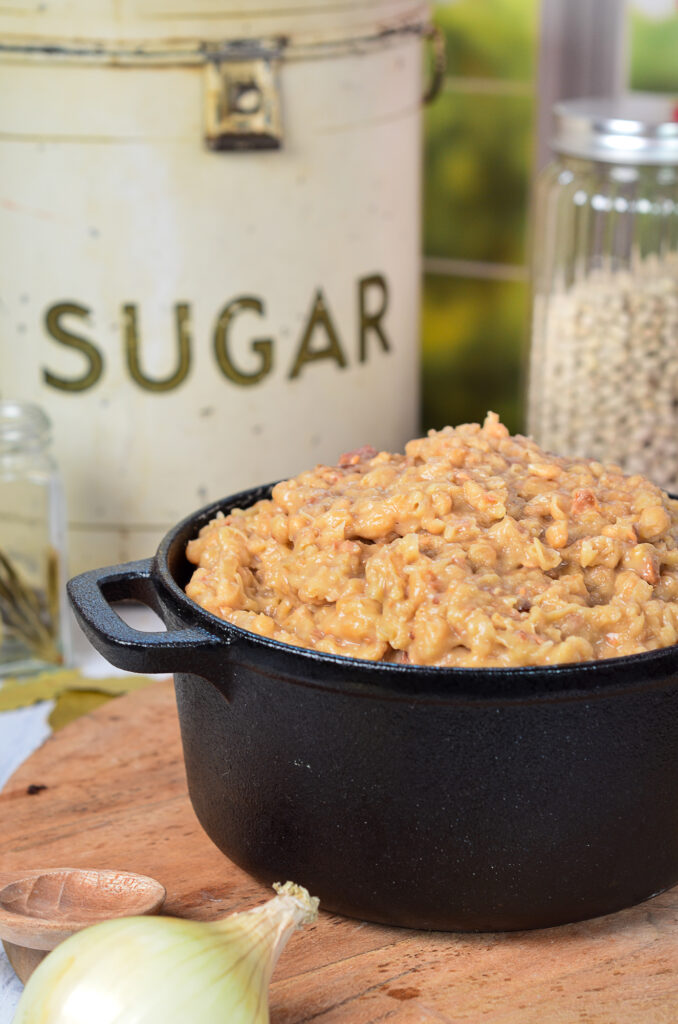
Grandma Brown’s Baked Beans
In the midst of the 1930s’ Great Depression, a period marked by hardship, loss, and financial struggles, Lulu Manwaring Brown became the face of entrepreneurial spirit in the small town of Mexico, New York. As families grappled with economic misfortune, Lulu boldly embarked on a journey that would not only pave the way for her family’s future but also create a product that would become a staple of family gatherings throughout Upstate New York.
In the quaint, tranquil town of Mexico, nestled in the heart of Central New York, Lulu’s beans had become the talk of the town. These weren’t just any beans; they were the highlight of church potlucks and every community event. With their melt-in-your-mouth tenderness and a creamy texture, Lulu’s beans were always a hit.
Like many others during that time, Lulu’s life was threaded with challenges. In an era where economic hardships were as common, she needed a lifeline to keep her family afloat.
Lulu saw the potential of her baked beans, which had brought smiles to so many faces, could be more than just a beloved potluck staple? Lulu believed that her beloved recipe, one that had been perfected over the years, might just be her ticket to turning the tides of fortune. Could these humble beans transform from a potluck favorite to the foundation of a business?
With determination and a recipe that had already won over her friends and family, in 1938 at the age of 63 Lulu set out to transform her home-cooked comfort dish into a business venture. She met with the four local grocers in the town of Mexico and proposed the idea of selling freshly baked beans. The beans would be delivered daily and displayed in pans. The grocers would weigh out the beans to be sold by the pound to the customers. The grocers agreed, and it wasn’t long before shoppers sought out Lulu’s beans.
I really think Lulu was quite ahead of her time! She offered a budget-friendly convenience food before prepared foods were a thing at grocery stores. Think of how appealing a prepared hearty dish like these beans would have been to stressed homemakers trying to manage every dime. I think it is safe to say this affordable, convenient, and nutritious food option was probably a little respite for homemakers during very challenging times.
It wasn’t long before Lulu got the itch to expand her bean venture and set her sights on the larger city of Oswego. Lulu told the grocers how popular her beans were in her hometown and asked if they would be willing to sell them by the pound also. Her trip was a success with several stores agreeing to carry her beans, and the very next day Lulu returned back to Oswego with a carload of freshly baked beans.
The business took off quickly, and demand for Lulu’s beans quickly outpaced how quickly she could make them in her kitchen stove. Soon, a second-hand model T Ford truck was bought for bean deliveries, and Lulu moved her bean production to a second-floor location above a grocery store, where she once had as many as 18 oil stoves to meet the demand at the grocery stores. By 1943, the homestyle beans were being delivered by a small fleet of trucks to grocery stores over a 75-mile radius.
At nearly 70 years old, Lulu wanted to make the distribution of her beans easier and more shelf-stable. Lulu invested in small-scale canning equipment, and over the next few months of trial and error, a unique and never-before-used technique for canning beans was developed. For the first time, ever, real home-cooked baked beans were produced as fresh and flavorful as Lulu had been preparing them in her home kitchen. Over the coming years production increased to keep up with demand, canning equipment was upgraded and eventually a larger facility was purchased.

Growing up I didn’t realize Grandma Brown’s wasn’t a national company. The beans were stocked in every grocery store we shopped in, and there was always a can in the pantry. The thick and creamy beans were a familiar dish at family get-togethers and picnics.
Staffing issues early in the 2020 pandemic halted production of the beans temporarily, but sadly production never restarted, and we are left to make assumptions and best guesses about the status of the company and if we will every see Grandma Brown’s in the grocery store again.
I don’t know how the Grandma Brown’s Beans story will end. I will always be hopeful they will return in a way that aligns with Grandma Brown’s legacy. In the meantime the story of Grandma Brown’s Baked Beans will remain a cherished part of our local history and a testament to the enduring power of tradition and community.
Like many others, I have been looking for a recipe similar to Grandma Brown’s baked beans to fill the void left by the discontinuation of Grandma Brown’s. I ran across this copycat recipe during my search, and it has been a great starting point. The recipe uses dried beans, soaked overnight and cooked long and low to the point of perfection.

How To Cook Homemade Baked Beans Step-by-Step
This easy recipe serves eight and involves a total time of about 17 hours and 30 minutes, including prep, cooking, and an essential 12-hour bean soaking period, make sure you give yourself enough time.
- Start with dried navy beans, which you’ll first sort for debris. The beans need to be boiled for 10 minutes, then left to soak overnight, this soaking time is important to achieving the perfect texture.
- The next day, in an oven-safe Dutch, cook chopped bacon until crisp, and then sauté onions in the bacon grease until softened.
- Add in the soaked and drained navy beans, along with dark brown sugar and a bay leaf, for a touch of sweetness and aroma.
- Cover the beans with water and bake the mixture at 300°F for 5 to 6 hours, stirring occasionally and adding water as needed.
- The end result is a creamy, thick, and tender dish, a delightful homage to a cherished family recipe.
I personally think the beans are even better the following day after you cook them, once the rich flavor of the bacon has really had a chance to infuse the beans. The overnight rest allows all the savory, smoky notes from the bacon to meld seamlessly with the sweetness of the brown sugar and the earthiness of the navy beans. This additional time not only enhances the depth of flavors but also improves the overall texture, making each bite perfectly tender and deliciously cohesive. It’s like allowing a fine wine to age just a bit longer – the flavors become more complex and satisfying. So, if you have the patience, let the beans sit and relish the enhanced taste the next day!

Beyond the Basics: Elevating Your Homemade Baked Beans
A good portion of the history of Grandma Borwn’s company I could gather was sourced from a marketing booklet called “Grandma Brown’s Special Touches.” Along with the history of the company, there is a page dedicated to what makes Grandma Brown’s Beans different. On this page it is acknowledged that these canned beans are the perfect starting point to create your own signature bean side dish:
Grandma Brown’s Beans are baked to the point of tenderness and creamy consistency that allows for the ready absorption of any added flavoring, seasoning, or ingredient. This makes the product especially adaptable for the homemaker to cater to her own family’s special taste preferences by adding any “special touch” she desires.
“Special touches” I have seen added to Grandma Brown’s baked beans are:
- A few slices of bacon on top to add a rich, smoky flavor. This not only imparts a wonderful aroma but also make for a pretty presentation.
- Another popular addition is a molasses, maple syrup, or brown sugar dollop for a hint of sweetness that complements the savory notes.
- Some people love to stir in a bit of mustard or a splash of apple cider vinegar to give the beans a tangy kick, balancing the sweetness and adding depth to the overall flavor profile.
- For those who like a bit of heat, a pinch of cayenne pepper or a few dashes of your favorite hot sauce can make a big difference. These spicy elements bring an exciting layer of flavor that can be adjusted to suit individual spice tolerance.
Don’t be afraid to make tweaks to the recipe I am sharing today. Cooking, after all, is a personal and creative endeavor, and I think the best dishes often come from a bit of experimentation.
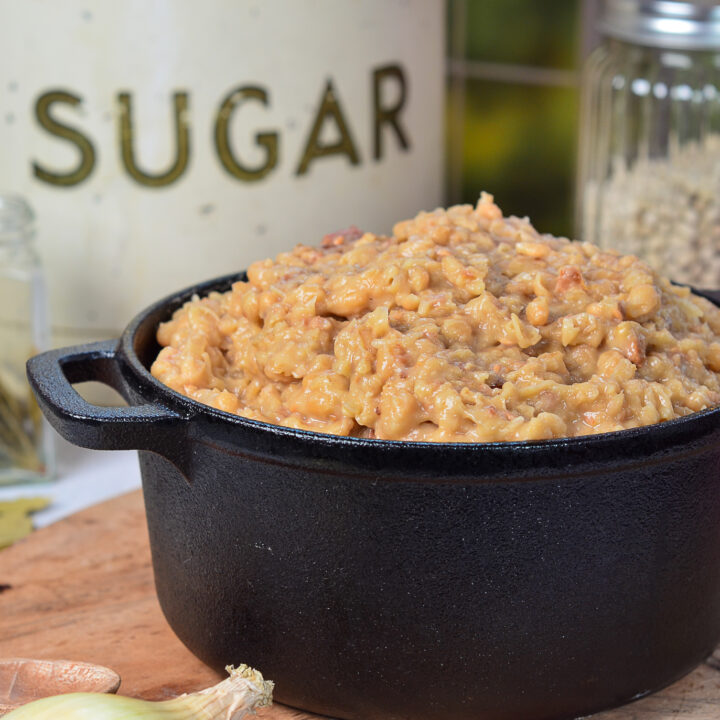
Central New York Baked Beans
Inspired by Grandma Browns baked beans, these beans are baked to a point of tenderness and creamy consistency.
Ingredients
- 1 lb dried navy beans
- 6 cups water (for initial bean preparation)
- Additional water, to cover beans in the final cooking stage
- 1 teaspoon salt
- 4 ounces chopped bacon (3 slices thick cut bacon)
- ⅓ cup dark brown sugar
- 1 medium onion, chopped (optional)
- 1 bay leaf (optional)
Instructions
Bean Preparation (To be done a day in advance):
- Sort through the navy beans to remove any debris.
- In a large pot, bring 6 cups of water to a boil.
- Add the navy beans to the boiling water and let them boil for 10 minutes.
- Turn off the heat, cover the pot, and allow the beans to sit overnight.
Cooking Instructions:
- Preheat your oven to 300°F.
- In a large oven-safe Dutch oven, cook the chopped bacon over medium heat until crisp. Use a slotted spoon to transfer the bacon to a plate lined with paper towels, leaving about 2 tablespoons of bacon grease in the pot.
- Add the onion to the pot and cook over medium heat, stirring occasionally, for about 5 minutes or until the onions have softened.
- Drain the soaked beans and add them to the pot with the cooked bacon, dark brown sugar, and bay leaf. Stir well to combine all the ingredients.
- Pour in enough fresh water to just cover the beans in the pot. Cover the pot with its lid.
- Bake the mixture in the preheated oven for 5 to 6 hours. Check on the beans every hour, stirring the mixture and adding more water as needed to ensure the beans are always just covered and not drying out.
- The final dish should be thick and not runny. Adjust the cooking time as needed to achieve the desired consistency.
Nutrition Information:
Yield: 8 Serving Size: 1Amount Per Serving: Calories: 209Total Fat: 5gSaturated Fat: 2gTrans Fat: 0gUnsaturated Fat: 4gCholesterol: 14mgSodium: 623mgCarbohydrates: 30gFiber: 7gSugar: 11gProtein: 11g
Even though I try to provide accurate nutritional information to the best of my ability, these figures should still be considered estimates. Please see my Nutrition Disclaimer for more information.

Craving the nostalgic taste of Grandma Brown’s Baked Beans? Why wait? Try the recipe and bring this beloved dish to your own kitchen. Unleash your culinary creativity by adding your own “special touches” to personalize the flavor.
Share your memories, and thoughts about Grandma Brown’s in the comment, and your unique twists on this classic recipe with us – we can’t wait to see your delicious creations!



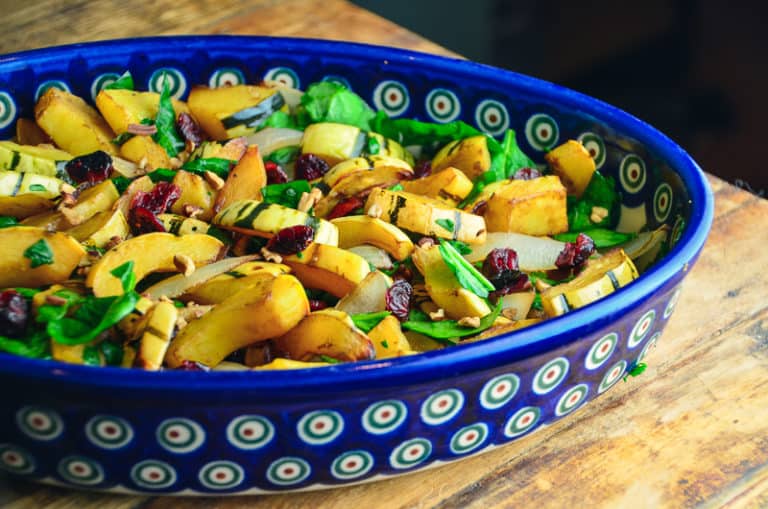
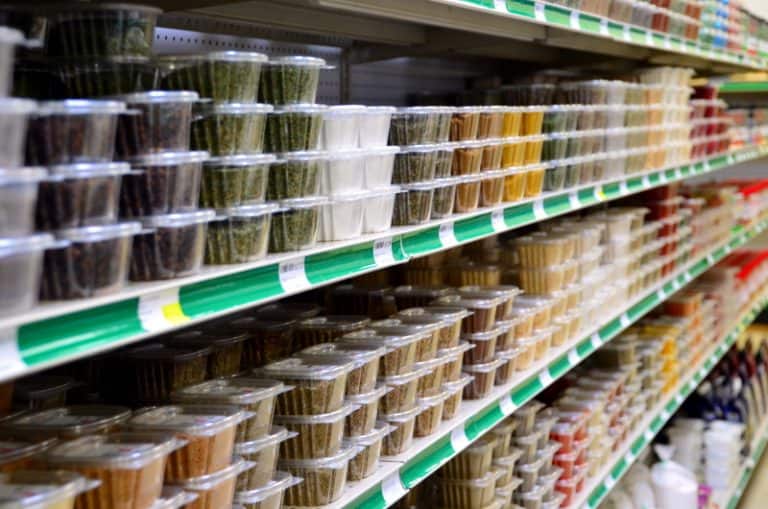


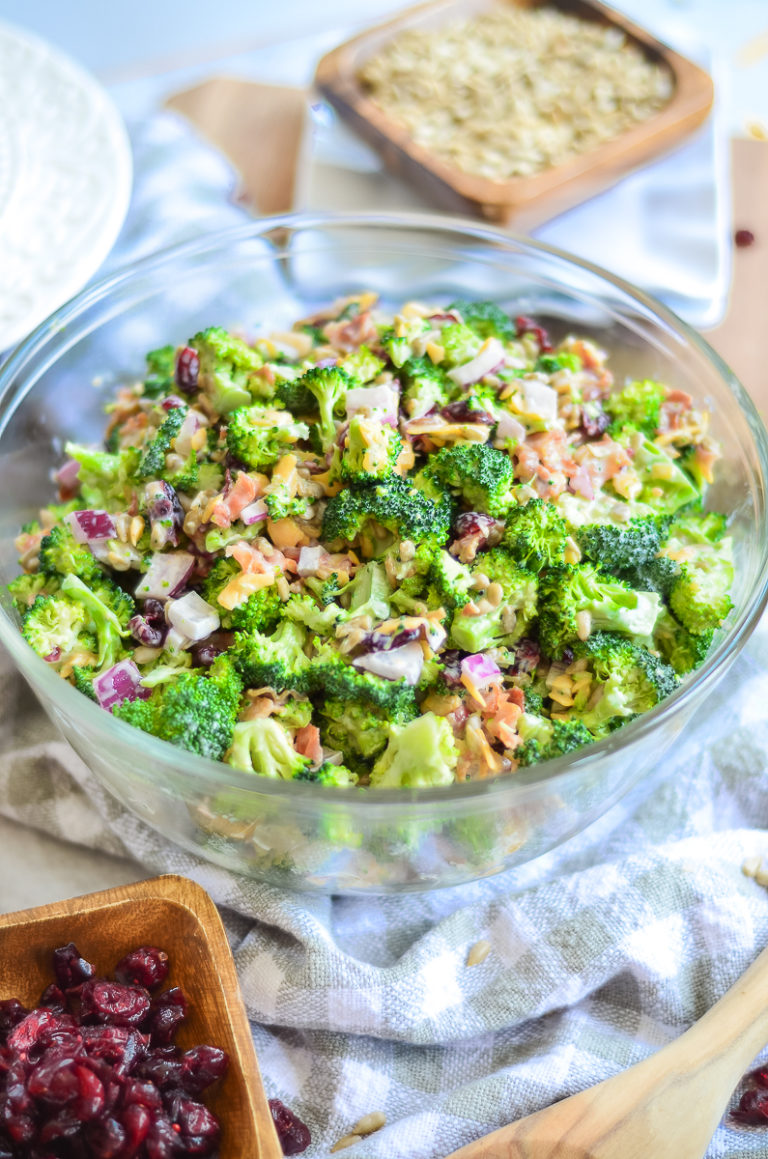

I’ve always ate grandma browns beans. We take sliced bread add miracle whip, beans, sliced cheese and put in toaster oven and bake. Delicious
This recipe does not state when to add the salt.
I put a batch of Grandma Brown’s beans in this morning. They were always a staple at our family dinners, but we couldn’t find them in the store last week. Sleuthing confirmed my worst suspicion: Another victim of the pandemic.
Assembling the ingredients, I imagined Lulu Brown trying to feed a family on a depression-era kitchen budget, with few and low-cost ingredients, and still providing a nutritious protein. This is truly an historic recipe, and Lulu’s entrepreneurship in marketing them as a product was amazing.
Nice job Jennifer, your recipe produces an excellent facsimile of the Grandma Brown’s product I grew up with. The beans have just the right flavor notes and sweetness and the starchy – some might say dry – texture that I remember. The bay leaf adds a little complexity and mystery; its a great touch.
I used my old Rival Crock Pot to cook the beans instead of the oven. The instruction book for the appliance states that the temperature for the high setting is 300 F degrees. It worked perfectly, the beans were done in about 6 hours.
Great recipe! Thanks for posting. My mom’s recipe used “salt pork” cut into small slices (most fat removed) instead of bacon. Today, most younger generations find this very old-fashioned meat unhealthy but it was in fact used in many canned bake beans including Grandma Brown’s.
We have used your beans for years. Our family loves your beans, but we have not been able to locate them for several years now.
Can you please tell me how we can locate and buy your beans? We are located in northern NH and no one carries them. Can we buy them directly from you?
Your assistance will be greatly appreciated.
Thank you.
Thank you for this recipe my family grow up eating these and they came out just as I remember them Is there a way to make them and store them for future use?
I’ve driven by the original company in Mexico NY when I was just a kid. I’ve grown up with Grandma Browns Beans and so have my children. And thanks to you, I can now make them myself.
Loved diving into the history and legacy of Grandma Brown’s baked beans! I stumbled upon this amazing recipe that not only captures the essence of these iconic beans but also makes it super accessible for everyone. Whether you’re a newbie or a kitchen pro, this guide walks you through every step, ensuring a perfect batch every time. Check it out: https://www.simplerecipebox.com/grandma-browns-baked-beans-unlock-family-secret-recipe/ It’s been a game-changer for me, especially the slow cooker method—it’s perfect for those busy days!
sounds Good thanks for sharing! can this recipe be cooked in a slow cooker? or a 9/13 glass dish?
I used to drive by the Mexico operation every week. I thought they were a national brand too! Nice history and re creation of Grandma Brown’s Baked Beans. You are one of the few sites who get the “Upstate” stuff right! When I try to explain “Utica” food, I send them to Home in the Fingerlakes. Dependable, no BS. Eggs too!
Sounds great can’t wait to make them.
For many years summertime meant a picnic and my Dad would start the bean soaking process and long day of slow baking. Enter Granma Browns, so very close to homemade. And yes you would add a bit of this and that to make em your own. Broke our hearts when the business closed. I bought them online when we moved to Florida. Even received a case of them from my niece one holiday. Thank you for the great information and your recipe.